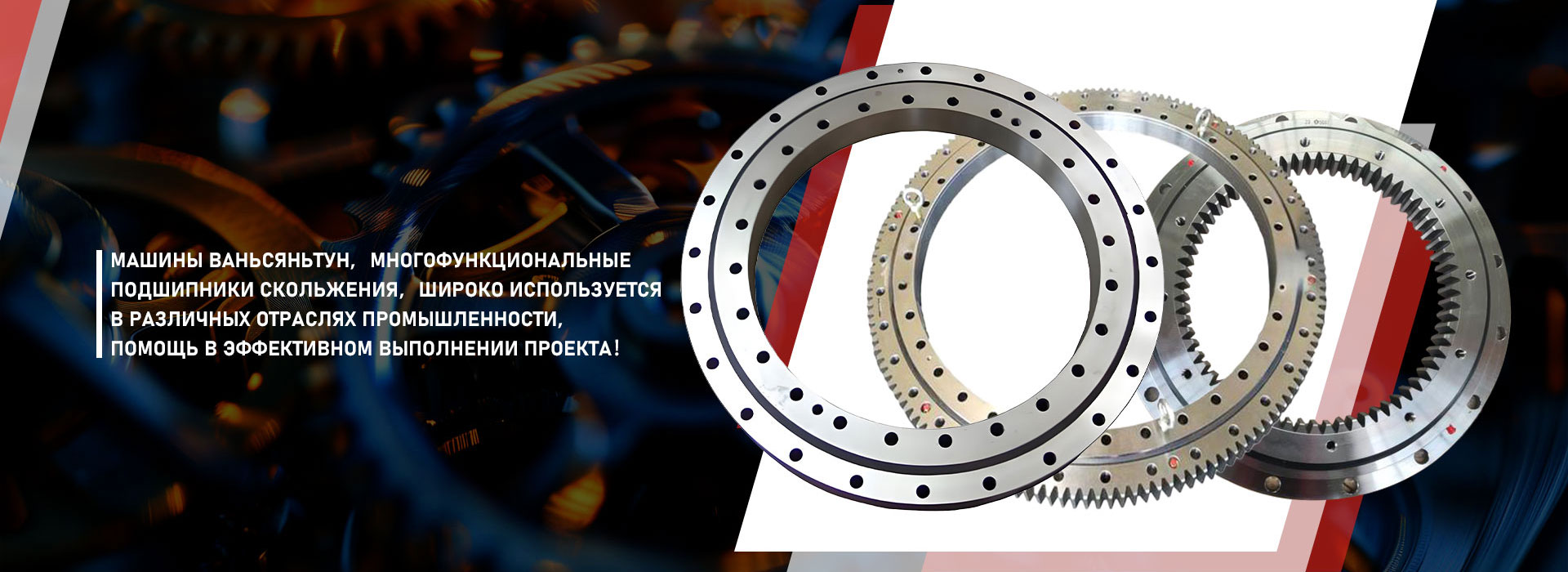
gear gearbox
Gear of the gearbox: an inconspicuous hero of movement
Reducer gears are inconspicuous, but extremely important details that play a key role in the transmission of movement and strength in a wide variety of mechanisms. Imagine a giant toy with countless gears connected to each other. That is how, in a simplified form, you can imagine the work of the gearbox. These small, but powerful details, like tiny gear wheels, transmit energy from one shaft to another, changing speed and torque.
How do gears transmit power?
The teeth of the gears, as if the levers hooked for each other, provide smooth and effective transmission. Thanks to strict gear, each gear wheel rotates another, and this, in turn, allows us to use energy more efficiently. For example, in the car of the gear of the gearbox, the engine allows the engine to develop the desired speed of rotation of the wheels, while the fuel is saved.
Varieties of gears and their purpose
Lates differ in shape, material and size. They can be cylindrical, conical, worm - and each variety has its own characteristics and purpose. Cylindrical gears are the most common, they are used in mechanisms such as watches, household appliances. Connicular gears are used, for example, in mechanisms where a change in the direction of movement is required. It is important to understand that each gear performs its own specific task, interacting with other elements of the system.
Why are gears so important?
Without gears in the gearbox, many mechanisms simply could not work. From car transmission to industrial machines - everywhere they are imperceptibly, but constantly support movement. They allow you to transfer power from a powerful engine to low -power devices, adjust the speed of rotation and provide smooth, controlled movement. Each detail matters, and gear of the gearbox is a great example of such an inconspicuous, but key element in complex mechanical systems. They make our life more comfortable and more effective, almost imperceptibly helping us.
AppropriateProducts
Corresponding products
The best soldproducts
The best -selling productsConnectedsearch
Related search- Manufacturers of repair or restoration of the excavator supporting device in China
- OEM manufacturers gear gearboxes
- Suppliers of machining in China
- Gear of the crankshaft factories in China
- Chinese rear bearings manufacturers
- Suppliers of OEM Kamas supporting bearings
- Cheap swivel bearings Tadano Basic buying countries
- Cheap excavator rotary circle suppliers
- Cheap manufacturers excavator rotary bearing repair or recovery
- Horse gear














